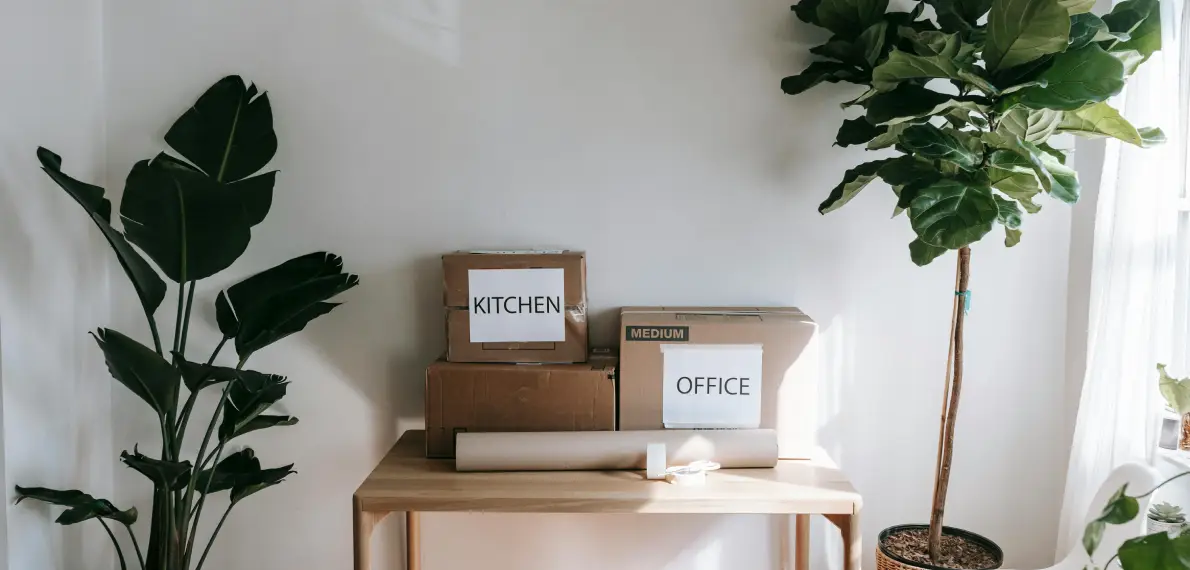
If you’re heading to the UK to study, here’s everything you need to do to make sure your arrival goes smoothly.
By Ada Kohli
Journalist and digital content producer, MA student in audio and video journalism at University of the Arts London
September 17, 2024
From packing must-have kitchen items and figuring out where to buy bedding to signing up for every fresher’s week event, prepping for studying abroad can get pretty overwhelming.
By now, you’ve probably joined a bunch of group chats to connect with future classmates and snagged early-bird tickets for fresher’s week. But before you fill your schedule to the max, here’s a checklist of key tasks—in order of importance—to handle first for a stress-free arrival in the UK.
Collect Your Biometric Residence Permit (BRP)
Your BRP is your legal ID in the UK. You might have noticed your student visa is only valid for three months—the BRP extends your stay, covering your entire course plus an extra six months. You’ll need it to open a bank account, register with a doctor, travel abroad, and more.
First, you’ll get a 90-day vignette sticker in your passport to enter the UK. Then, you must pick up your BRP from a designated Post Office before the sticker expires or within 10 days of arrival (whichever comes first). So this should be your top priority once you land.
Your visa decision letter will tell you which Post Office to go to. Bring your passport and that letter (from UK Visas and Immigration) to collect your BRP.
Register for Your eVisa
The UK is switching from BRPs to eVisas, so all BRP holders will need to upgrade to a digital version.
The Home Office has started emailing BRP holders with instructions to create a UKVI account and access their eVisa. You can also set it up yourself after getting your BRP.
To register, you’ll need:
- A smartphone
- A UK phone number
- An email address
- Your BRP, passport with your BRP number, or visa application number
Make sure to switch to an eVisa by December 31, 2024.
Since September is peak arrival season, Post Offices get packed with students collecting BRPs. Expect delays—maybe even long lines. If you know others picking up their BRPs from the same location, consider going together.
Download the Citymapper App
Getting around a new city in your first week can be confusing. With buses, tubes, and trains everywhere, it’s easy to get lost.
Citymapper makes navigation simple—just plug in your start and end points, and it’ll show you the best routes (including walking time). It covers buses, trains, and tubes, so you’ll never be stranded.
Get a SIM Card
Sometimes, the visa office gives out free Lebara SIMs (which run on Vodafone’s network). If you get one, it’s a decent option—I’ve used Lebara all over the UK (London, Canterbury, Edinburgh, even Inverness) without issues.
Other popular providers include Vodafone, EE, O2, giffgaff, and Three. Check their websites for student deals—many offer discounts worth grabbing.
Open a Bank Account
Pick a bank with low international fees, a user-friendly app, and branches near your uni or accommodation.
As an international student, you’ll likely need a current account (student accounts usually require 3+ years of UK residency). Top banks include Lloyds, Barclays, Santander, NatWest, and HSBC. Online banks like Monzo, Revolut, or Starling are also great.
You’ll need:
- Your BRP
- Proof of UK address
- University acceptance letter
- Passport
- UK phone number
Requirements vary slightly by bank, so double-check before you go.
Register with a GP (Doctor)
Once you have your BRP, register with a local GP. You’ve already paid for NHS access via your visa fee, so don’t skip this.
Find your nearest GP here: https://www.nhs.uk/service-search/find-a-gp
Check reviews before picking one. You can register online or in person by filling out a form.
Get Student Travel Cards
In London? Grab a student Oyster card for tubes, buses, and trains. While daily fare caps are the same as contactless payments, linking your Oyster to a railcard gets you 30% off UK-wide travel.
Outside London? Skip the Oyster—just get a 16-25 Railcard for train discounts or a Young Person’s Coachcard for cheaper coach travel.
Enrol at University
Most unis send online registration links before you leave home, but you’ll need to complete enrolment on campus to get your student ID.
Bring all required documents—Tier 4 visa students must meet attendance requirements to pass their course, and enrolment is how your attendance gets tracked. Plus, you won’t see your timetable or access uni services until enrolment’s done.
Apply for a National Insurance (NI) Number
Planning to work part-time? You’ll need an NI number—it’s mandatory for legal employment. It takes up to four weeks to arrive by post, so apply early.
Download Student Discount Apps
Kick off fresher’s week by installing UNiDAYS and Student Beans for exclusive student deals. Over 100 brands offer discounts—just sign up with your uni email. Some stores might ask for your physical student ID, so keep it handy.

